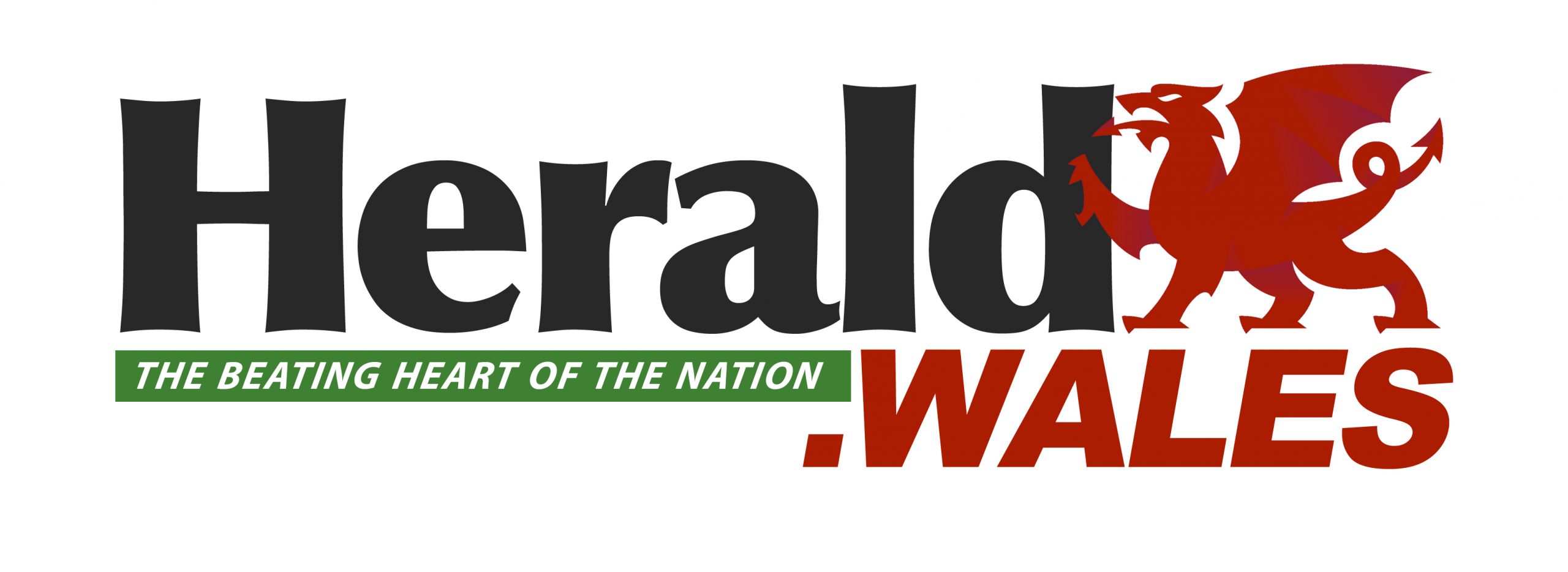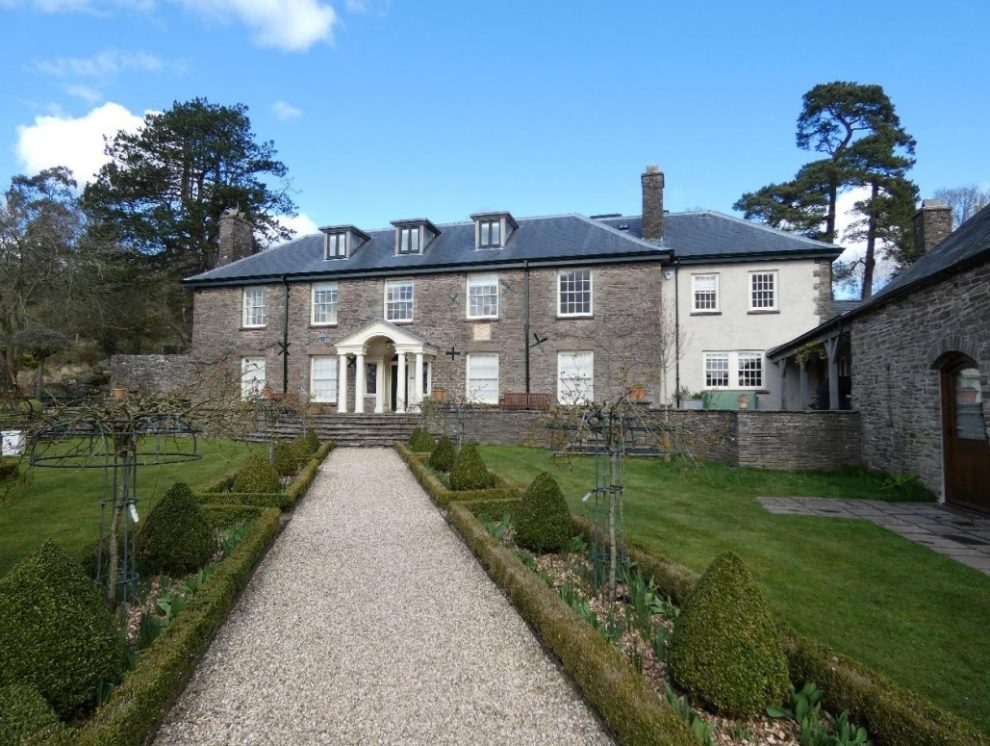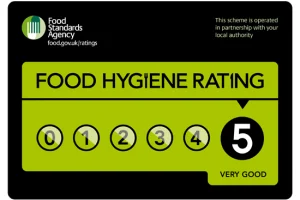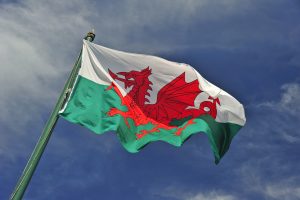A SWIMMING pool could be built in the grounds of a mansion visited by King Charles I and where Owain Glyndwr was defeated in battle.
The Welsh prince suffered a defeat in his battle against the English crown and its forces in the Battle of Campstone Hill in August 1404.
The Great Campston estate has medieval origins and was one of17 monastic granges belonging to the Cistercian Abbey of Abbey Dore. Following the dissolution of the monasteries, in 1536, it was granted to John Cokke of London before it was acquired, in 1600, by John Pritchard, a notable figure in the history of Grosmont, near Abergavenny.
More than 200 years after the last native prince of Wales was defeated at the site the house, which is now at the end of a 450 metre private drive, was visited by King Charles I in 1645 on his way to Raglan after the Battle of Naseby.
The house, which was granted grade II listed status in 1952, has remained in continuous occupation and current owner Andrew Blowers has applied to Monmouthshire County Council for planning permission for a gym and swimming pool complex, for private use, in its grounds.
The timber frame, with some stone facing, swimming pool and gym building will include a plant room and patio area and would be around 50 metres south east of Great Campston House. There is also a grade II listed barn, which was awarded the status in 2002, in the grounds.
While the house dates back to the 17th century it has been remodelled and enlarged notably in 2002 and there is still a working farm on site.
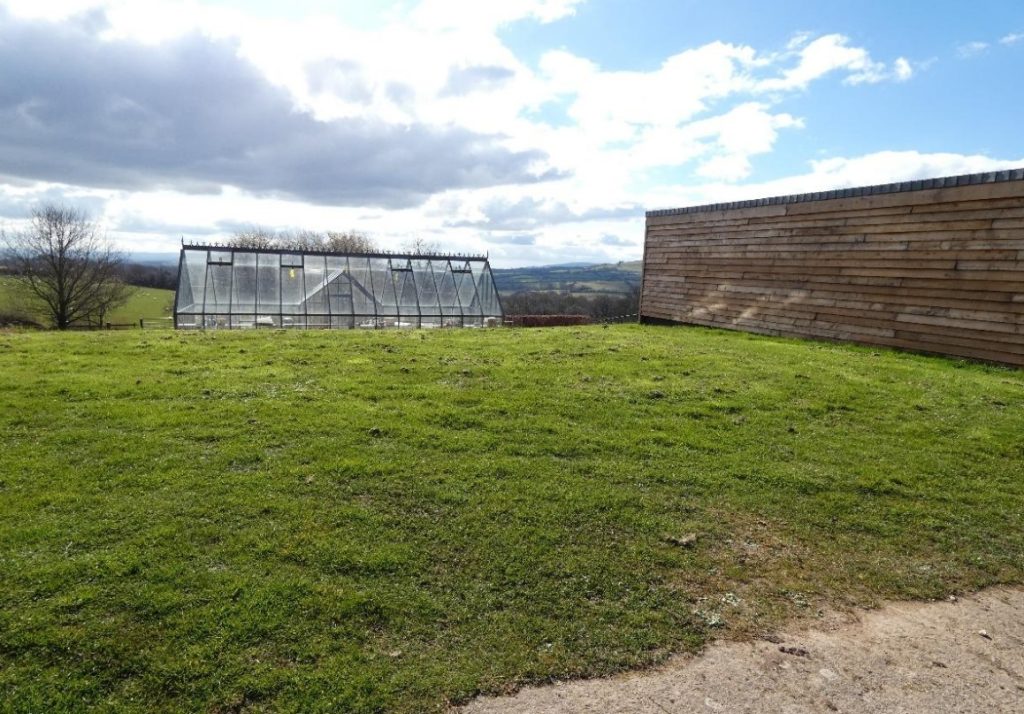
The proposed u-shaped pool and gym would be built on a flat, grassed area of made-up ground near to a modern shed and greenhouse. There would also be car ports.
A heritage statement has been submitted with the application and a planning statement said that “concluded that the proposed building on this site would have no impact on the listed house or its setting and would result in a very minor change to the setting of the listed barn. There is no adverse impact on the specific ground on which the new building is proposed as this is the site of former buildings and the site has been artificially levelled”.
According to the application consideration was given to using the grade II-listed barn for the swimming pool, gym and car ports as it is “under-utilised” and has sufficient space but it was agreed redevelopment “would cause significant adverse impact on the listed building”.
As a result it was decided a new building would have “the least heritage impact” and the plans are being considered by council planners.


